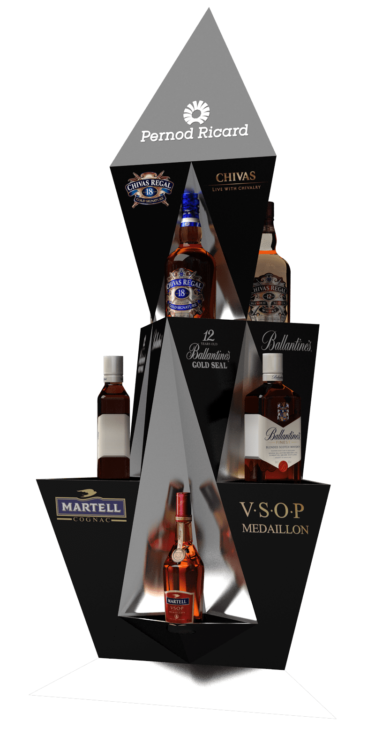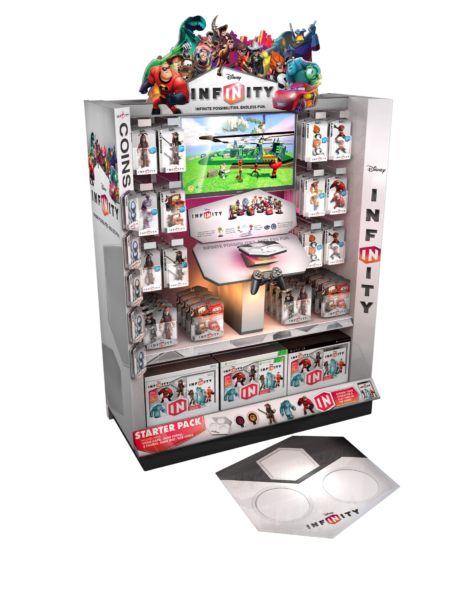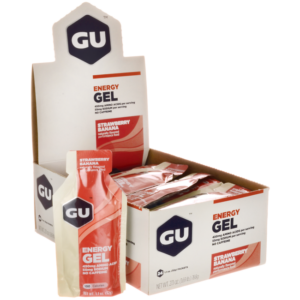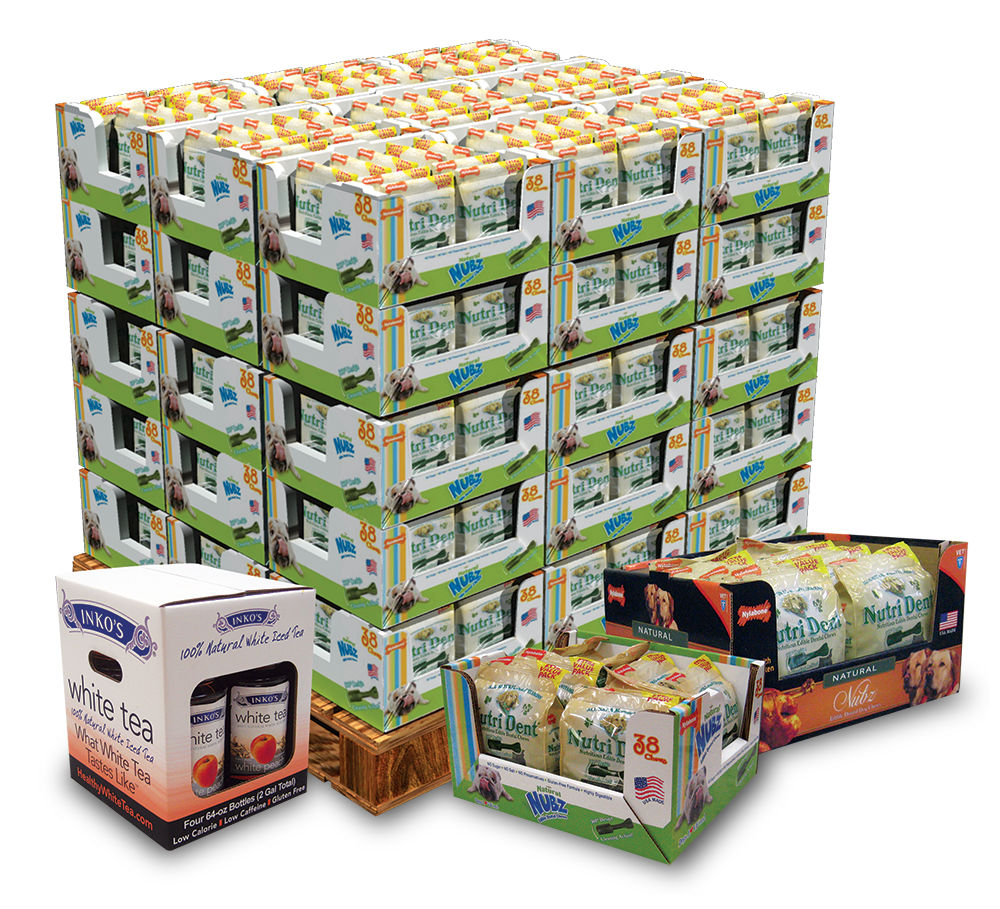Home » Reusable vs Disposable POP Displays
Reusable vs Disposable POP Displays
Point-of-purchase (POP) displays come in two primary formats: reusable and disposable. Each option offers advantages depending on campaign goals, budget, and retail environment. Choosing the right format requires balancing cost, durability, sustainability, and brand objectives.
What Are Disposable POP Displays?
Disposable POP displays are typically made from corrugated board and are designed for short-term use. After a campaign ends, they are recycled or discarded.
- Best for: Seasonal promotions, product launches, and short campaigns.
- Advantages: Lower upfront cost, lightweight, fast to ship and assemble.
- Limitations: Less durable, limited lifespan, not suited for extended use.

What Are Reusable POP Displays?
Reusable displays are built with stronger materials such as reinforced corrugated, plastic, or metal components. They can be restocked and redeployed across multiple campaigns.
- Best for: Long-term promotions, club stores, and high-value products.
- Advantages: Greater durability, long-term cost savings, premium brand presentation.
Limitations: Higher upfront cost, heavier to ship, more complex to assemble.

Factors to Consider When Choosing
- Campaign duration: Short-term promotions benefit from disposable displays.
- Budget priorities: Lower upfront cost vs. long-term savings.
- Brand positioning: Premium brands may prefer reusable for consistent presence.
- Sustainability goals: Reusable displays reduce waste, while recyclable disposable displays minimize footprint.

Examples of Applications
- Disposable: Back-to-school displays, holiday promotions, limited editions.
- Reusable: Beverage pallet displays, electronics showcases, club store programs.

POP Display Solutions with Brown Packaging
Brown Packaging designs both reusable and disposable POP displays, tailored to campaign goals and supply chain needs. Whether you need cost-effective corrugated for seasonal promotions or reinforced structures for long-term use, our solutions balance impact and efficiency. Contact us to explore your options.
References
Shop! Association. (2021). Best Practices for In-Store Marketing and POP Displays. Retrieved from https://www.shopassociation.org
Soroka, W. (2009). Fundamentals of Packaging Technology (4th ed.). Institute of Packaging Professionals.
ASTM International. (2022). ASTM D685: Standard Practice for Conditioning Paper and Paper Products for Testing.
Following multiple rounds of tariff changes and trade policy adjustments, 2026 marks a turning point for U.S. packaging buyers. Many who previously transitioned from China to domestic or nearshore suppliers
Shifting packaging production from China to the U.S. can help stabilize costs, reduce tariff exposure, and shorten lead times. But the transition process requires careful planning. For packaging buyers, the
RSC boxes are known for their efficiency and versatility, but their performance ultimately comes down to strength. Buyers often see numbers like ECT, BCT, and burst strength on specifications —
In packaging, foam isn’t just about initial protection — it’s about maintaining performance over the entire shipping or storage cycle. Compression set and recovery characteristics determine whether foam continues to
Home » Reusable vs Disposable POP Displays





